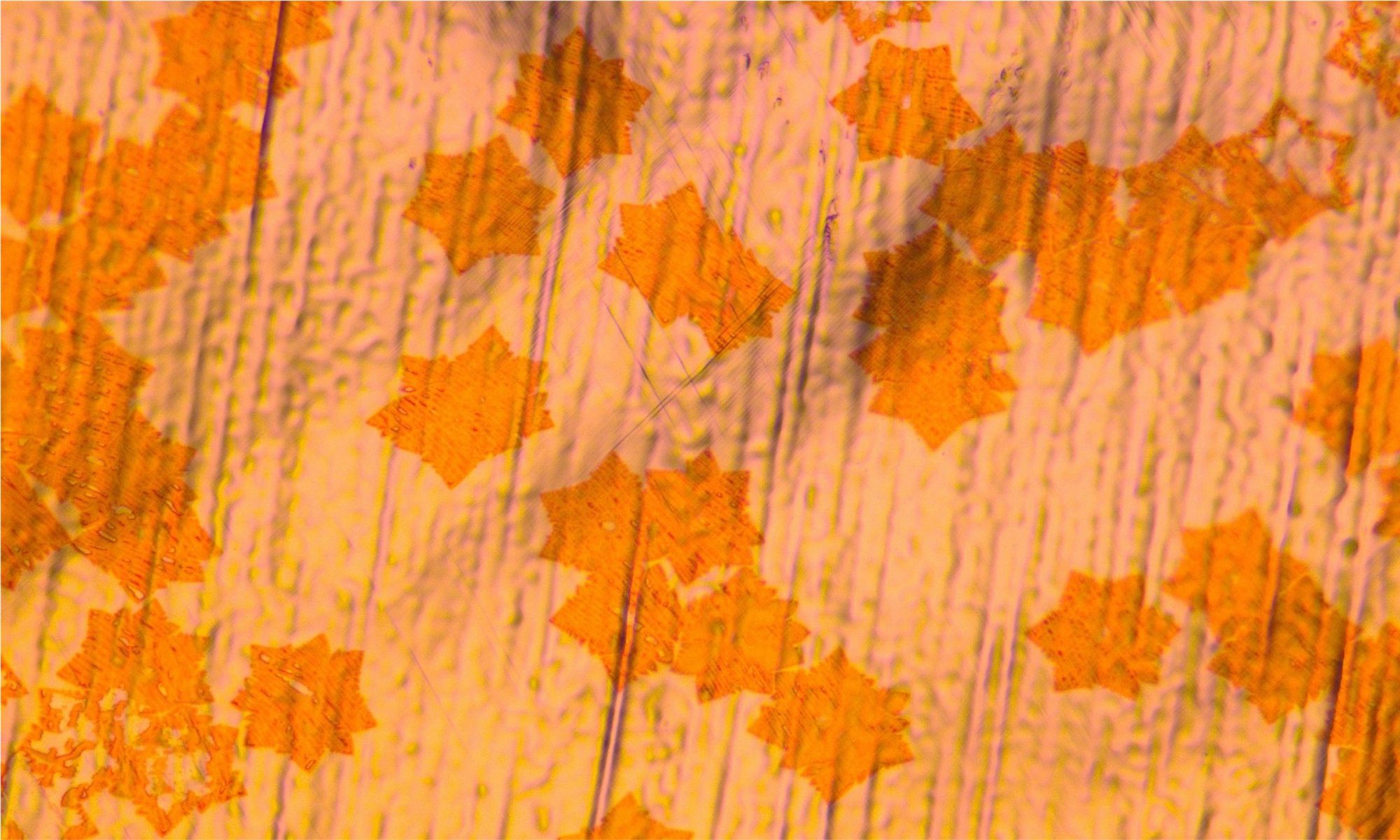The latest issue of the scientific journal Nature Materials focusses on the current status of large-scale graphene production. Mastering the large scale production of graphene and its integration into electronic devices is currently major roadblock towards the commercial success of this novel material.
Continue reading “Nature Materials puts spotlight on large scale graphene production”DFG to establish a new Priority Programme on 2D Materials
The German Research Foundation (DFG) is establishing 14 new Priority Programmes (SPP) for the year 2020. This was decided by the DFG Senate in Bonn. One of the 14 new programs, selected from 50 submitted initiatives, was set up with the contribution of Prof. Christoph Stampfer (a member of the Aachen Graphene & 2D Materials Center) and focuses on 2D material based heterostructures. The new program is entitled “2D Materials – Physics of van der Waals Heterostructures (2DMP)” and it is coordinated by Prof. Dr. Thomas Heine (TU Dresden).
Press release on the website of the DFG.
Theodore von Kármán Fellowship granted to Dr. Satender Kataria to visit Indian Institute of Technology (IIT), Delhi in 2019
Dr. Satender Kataria from the Chair of Electronic Devices at RWTH Aachen University has been granted a Theodore von Kármán Fellowship to visit the Department of Physics, IIT Delhi as a visiting scholar. The Kármán Fellowship allows scientists to conduct a research project of their own choice in co-operation with a foreign host institute. The scholarships were set up to foster international exchange and interdisciplinary dialogue by RWTH scientists, either by spending time abroad as visiting scholars or through incoming collaborators. Dr. Kataria will visit IIT Delhi in India, which received Institute of Eminence status in 2018 by the government of India, one of six institutes in India which has been granted the status.
Continue reading “Theodore von Kármán Fellowship granted to Dr. Satender Kataria to visit Indian Institute of Technology (IIT), Delhi in 2019”AMO and Partners Launch EU project ULISSES: Air sensors for everyone, everywhere
Development of a new Mobile Gas Sensing Technology aiming at distributed and networked mobile gas sensing for industrial, safety, and environmental monitoring applications.
Continue reading “AMO and Partners Launch EU project ULISSES: Air sensors for everyone, everywhere”Germany’s High-Tech Strategy: 12 Microelectronics Research Labs Opened
Universities are important drivers of innovation in the research-intensive microelectronics sector. For this reason, the Federal Ministry for Education and Research (BMBF) now provides substantial funding to establish research labs at universities in the field of micro- and nanoelectronics.
Continue reading “Germany’s High-Tech Strategy: 12 Microelectronics Research Labs Opened”ERC Consolidator Grant on “2D Materials for Quantum Technologies” for Christoph Stampfer
The European Research Council (ERC) has announced the list of new ERC Consolidator Grant holders. For the second time, Prof. Christoph Stampfer founding member of the “Aachen Graphene & 2D Materials Center” has been awarded an ERC Grant. After an ERC Starting Grant on “Graphene Quantum Electromechanical Systems” in 2011, he now receives a Consolidator Grant on “2D Materials for Quantum Technologies”.
Continue reading “ERC Consolidator Grant on “2D Materials for Quantum Technologies” for Christoph Stampfer”German Research Foundation (DFG) will support joint projects of RWTH University and AMO
German Research Foundation (DFG) will support joint projects of RWTH University and AMO
AMO GmbH and RWTH Aachen University will be funded in five sub-projects in the 2nd phase (2018-2021) of the Priority Programme “High Frequency Flexible Bendable Electronics for Wireless Communication Systems” (FFlexCom, SPP 1796) with about 1 million Euro. The joint activities will be carried out within the Aachen Graphene and 2D Materials Center. Continue reading “German Research Foundation (DFG) will support joint projects of RWTH University and AMO”
Researchers of RWTH Aachen and AMO report on the dielectric properties and ion transport in layered molybdenum sulphide (MOS2)
Researchers of RWTH Aachen University and AMO GmbH in collaboration with the Research Centre Jülich and the University of Siegen have investigated metal/molybdenum sulphide/silicon structures in order to understand the charge transport in such structures and to explore the possible potential of molybdenum sulphide to use as a dielectric in vertical heterostructured devices. The work was recently published in ACS Applied Nanomaterials (DOI: 10.1021/acsanm.8b01412). Continue reading “Researchers of RWTH Aachen and AMO report on the dielectric properties and ion transport in layered molybdenum sulphide (MOS2)”
RWTH and AMO researchers demonstrate nearly 100 % quantum efficiency in Graphene/Silicon Photodiodes
The Chair of Electronic Devices at RWTH Aachen University and AMO GmbH in collaboration with the University of Granada has experimentally demonstrated graphene/silicon (G/Si) photodiodes that reach nearly 100% quantum efficiency. The work was recently published in ACS Photonics and has been selected as ACS Editor’s Choice article, highlighting the importance of the research work. The work will also appear on a cover page of Journal. Continue reading “RWTH and AMO researchers demonstrate nearly 100 % quantum efficiency in Graphene/Silicon Photodiodes”
